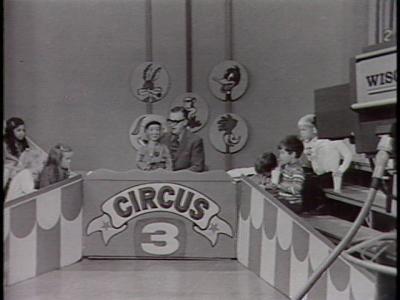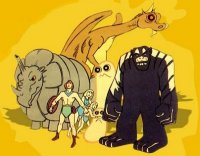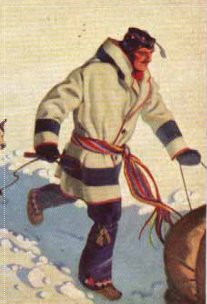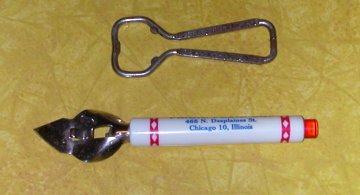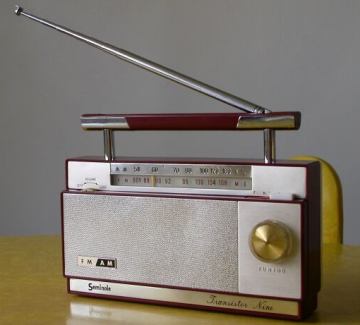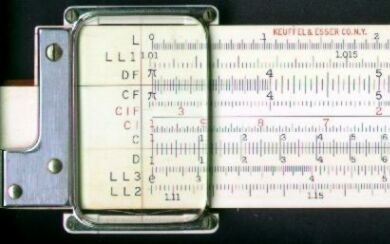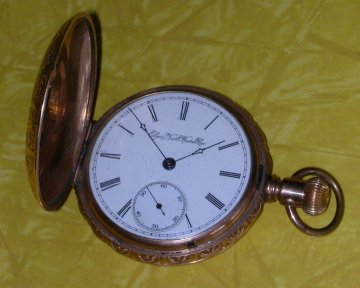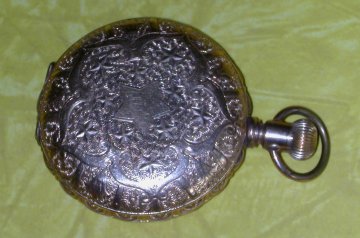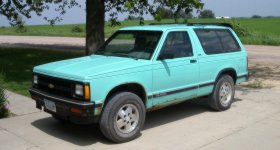Back about in fourth grade my friend Chuck and I got the bright idea of writing up number lists. I don't know where we got this idea from, but somehow we found it fascinating. The idea was, you would simply take pen and paper, and start writing out a list of numbers. Starting with 1, and going up. Certain key numbers would be circled, or underlined, or have a square or pentagon or whatever drawn around them.
And we would just keep going like this, page after page. I think I got up above 5000. One time (yes, we did this on more than one occasion) Chuck got up over 25000. I kid you not.
1, 2, 3, 4, 5, 6, 7, 8, 9,
10, 11, 12, 13, 14, 15, 16, 17, 18, 19,
20, 21, 22, 23,
24,
25, 26, 27, 28, 29,
30, 31, 32, 33, 34, 35, 36, 37,
38, 39,
40, 41, 42, 43, 44, 45, 46,
47, 48, 49,
50, 51, 52, 53, 54, 55, 56, 57, 58, 59,
60, 61, 62, 63, 64, 65, 66, 67, 68, 69,
70, 71, 72, 73, 74,
75, 76, 77, 78, 79,
80, 81, 82, 83, 84, 85, 86, 87, 88, 89,
90, 91, 92, 93, 94, 95, 96, 97, 98, 99,
100, 101, 102, 103, 104, 105, 106, 107, 108, 109,
110, 111, 112, 113, 114, 115, 116, 117, 118, 119,
120, 121, 122, 123, 124,
125, 126, 127, 128, 129,
130, 131, 132, 133, 134, 135, 136, 137, 138, 139,
140, 141, 142, 143, 144, 145, 146,
147, 148, 149,
150, 151, 152, 153, 154, 155, 156, 157, 158, 159,
160, 161, 162, 163, 164, 165, 166, 167, 168, 169,
170, 171, 172, 173, 174,
175, 176, 177, 178, 179,
180, 181, 182, 183, 184, 185, 186, 187, 188, 189,
190, 191, 192, 193, 194, 195, 196, 197, 198, 199,
200, 201, 202, 203, 204, 205, 206, 207, 208, 209,
210, 211, 212, 213, 214, 215, 216, 217, 218, 219,
220, 221, 222, 223, 224,
225, 226, 227, 228, 229,
230, 231, 232, 233, 234, 235, 236, 237, 238, 239,
240, 241, 242, 243, 244, 245, 246, 247, 248, 249,
250, 251, 252, 253, 254, 255, 256, 257, 258, 259,
260, 261, 262, 263, 264, 265, 266, 267, 268, 269,
270, 271, 272, 273, 274,
275, 276, 277, 278, 279,
280, 281, 282, 283, 284, 285, 286, 287, 288, 289,
290, 291, 292, 293, 294, 295, 296, 297, 298, 299,
300, 301, 302, 303, 304, 305, 306, 307, 308, 309,
310, 311, 312, 313, 314, 315, 316, 317, 318, 319,
320, 321, 322, 323, 324,
325, 326, 327, 328, 329,
330, 331, 332, 333, 334, 335, 336, 337, 338, 339,
340, 341, 342, 343, 344, 345, 346,
347, 348, 349,
350, 351, 352, 353, 354, 355, 356, 357, 358, 359,
360, 361, 362, 363, 364, 365, 366, 367, 368, 369,
370, 371, 372, 373, 374,
375, 376, 377, 378, 379,
380, 381, 382, 383, 384, 385, 386, 387, 388, 389,
390, 391, 392, 393, 394, 395, 396, 397, 398, 399,
400...
Labels: auld_lang_syne
